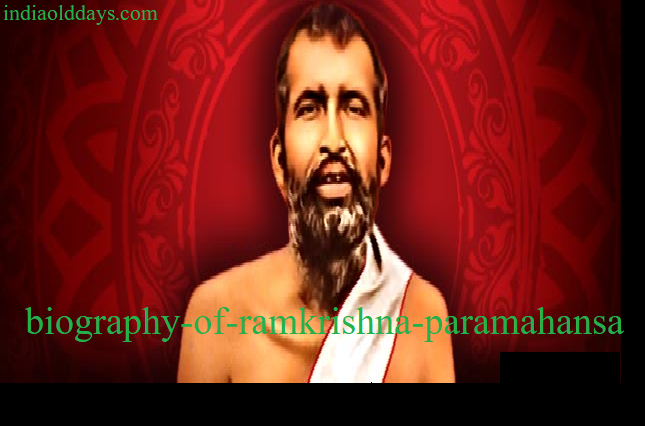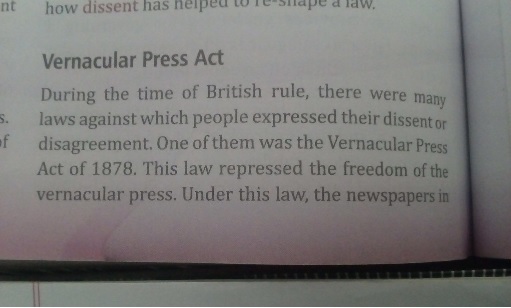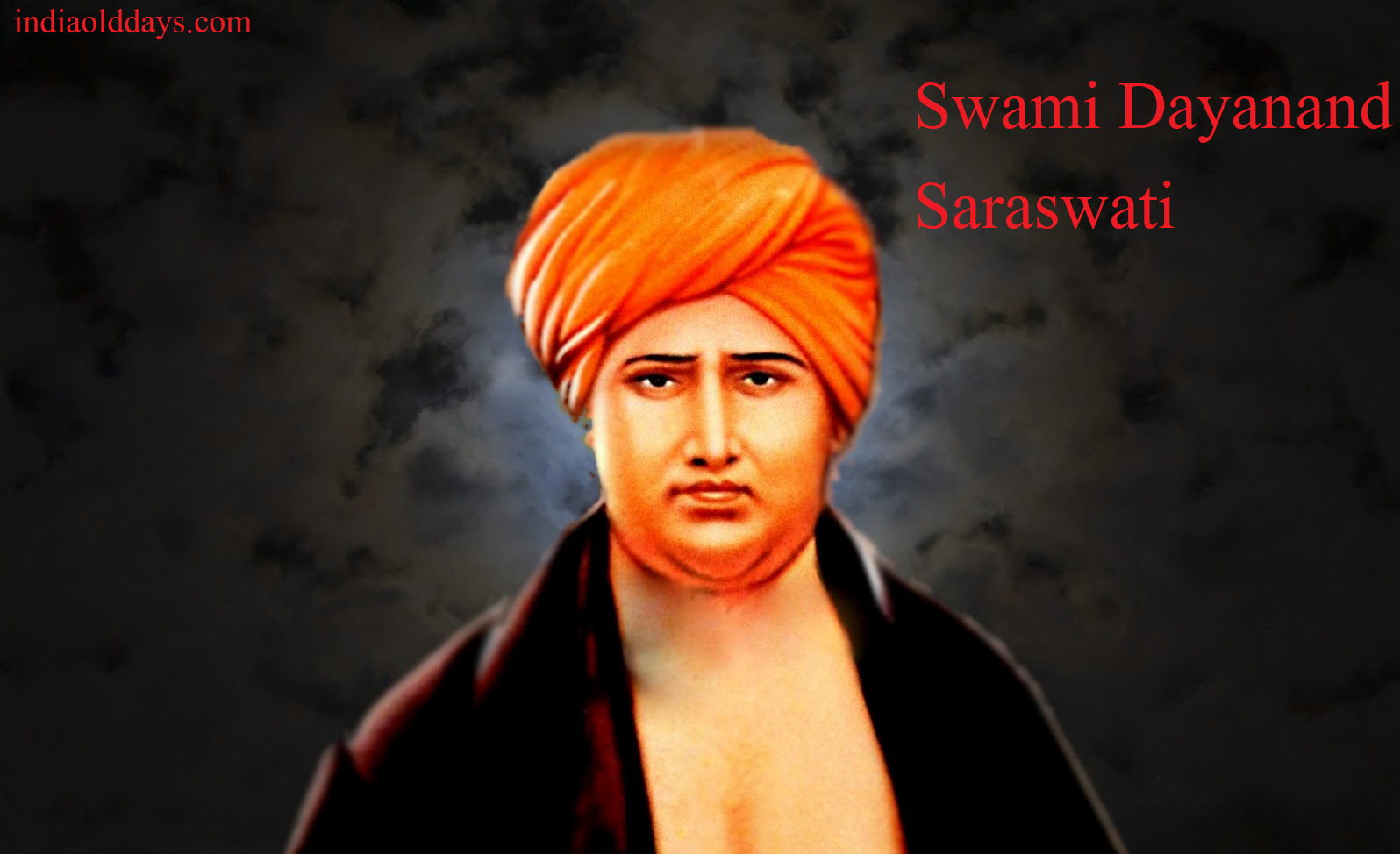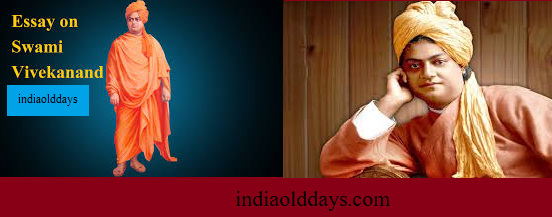Raja Rammohan Roy, the founder of modern India
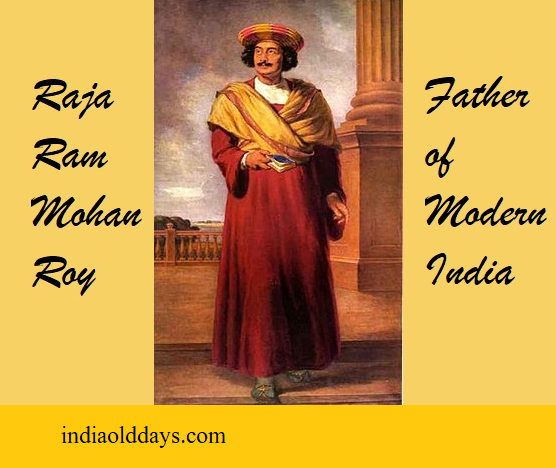
RRaja Rammohan Roy, the originator of Indian religion and social reform movements, was born in 1774 AD in a village named Radhanagara in Bengal, in a Brahman family. He was the man of revolutionary ideas. At the age of 17, he wrote a book in which idolatry was strongly opposed. Because of this, his fundamentalist family fired him from the house. After that, he kept wandering around for a long time and became a servant in the collectorate of Rangpur under East India Company and soon he got promoted to Deewangiri the topmost position with the strength of his talent. Meanwhile, he had already studied Latin, Sharia, Vedas, Upanishads, and Vedanta.
At the age of 40, he resigned from his post and settled in Calcutta permanently since 1814. After 1813, the Christian missionaries had begun strong protests on the Hindu religion. Initially, Raja Rammohan Roy answered these objections, but later he established Brahman Samaj on August 20, 1828, for the worship of pure monotheism. He did not establish any new sect but created a general background with the knowledge of different religions.
Work done by Raja Rammohan Roy
Foundation of Brahma Samaj August 20, 1828
The main principle of Brahma Samaj was to worship one God, improvement of brotherhood towards human, and to develop respect to all religious texts. Rammohan Roy refused caste-system. The readings of Vedas and of Bangla Upanishads were done in the weekly sessions of Brahma Samaj. In 1833, after the death of Raja Rammohan Roy, Devendranath Sen made the Brahma Samaj more progressive. Keshavchandra Sen was influenced by the Christian religion, therefore, he wanted to run the Brahma Samaj according to the principles of the Christian religion. Keshavchandra traveled for the promotion of his society, which resulted in the foundation of Prarthana Samaj in Bombay and the Ved Samaj in Madras. Again in 1881 differences arose in the Indian Brahma Samaj. Therefore, Keshavchandra Sen founded the Nav Vidhan samaj.
In the Nav Vidhan samaj, apart from the Hindu texts, many things were also taken from Christian, Buddhist and Muslim religious texts. Brahma Samaj was divided into different branches but it had the same basic principle that was- “the improvement of Hindu society and religion.
The first religious and social movement was held in 19th centenary. Raja Ram Mohan Roy was the first Indian, who tried to remove the evils of Indian religion and society. At that time, Indian society and religion were declined. Rituals had taken place of religion and superstition was spread throughout the society. There were many evils in society. In such a situation, the Christianity and Western culture struck the Hindu religion and it appeared as if Hinduism and civilization would be destroyed. In such a time, Brahma Samaj was the first organization, which attacked the ancient beliefs of Hindu religion. Other reformers had also got strength with this.
Main principles of Brahma Samaj :
- God is only one. He is the creator, the guardian and the protector of the world. His power, love, justice, purity are infinite.
- The soul is immortal; there is an immense capacity to progress in it and it is responsible in front of God for its actions.
- Prayer, God’s refuge and perfection of His existence are necessary for spiritual advancement. We should not worship any created thing as God, and neither should any book or man, consider the only means of salvation.
Religious reform work
On the basis of Vedas and Upanishads Brahman Samaj said that God is one, there is truth in all religions, idol worship and rituals are ruthless and social virtues have nothing to do with religion. Brahman Samaj provided the idea of explaining religion on the basis of logic to the Indian society. He strongly condemned the rituals of Christianity and God’s incarnation of Christ, and he also had a debate with Christian preachers. Because of this, the Hindus stopped their conversion into Christianity.
The basis of Brahman Samaj was the adwathvad of the Upanishads. It is originally Indian. The recitation of the mantras of the Vedas and the Upanishads was done in the meetings of the society.
Brahman Samaj provided the idea of explaining religion on the basis of logic to the Indian society. He strongly condemned the rituals of Christianity and God’s incarnation of Christ, and he also had a debate with Christian preachers. Because of this, the Hindus stopped their conversion into Christianity.
The basis of Brahman Samaj was the adwathvad of the Upanishads. It is originally Indian. The recitation of the mantras of the Vedas and the Upanishads was done in the meetings of the society.
Social reform work
Raja Ram Mohan Roy was a social reformer. There were many evils in society at that time. Raja Rammohan Roy decided to remove them. He started a strong agitation against the barbarous and inhuman tradition of Sati-pratha after seeing his sister- in- law being sati. As a result, in 1829, Lord William Bantik made laws and declared Sati-Pratha illegal. Some Hindus protested against this law and appealed to the Pravee Council of London. But Raja Rammohan Roy and Devendranath Tagore wrote many letters to Pravee Council in support of this law. And finally, they won and decreased the morale of radical Hindus.
Similarly, for the improvement of the society, Brahma Samaj opposed all the evils of child marriage, polygamy, caste system, untouchability, and intoxicants, and supported women education, inter-caste marriages, widow marriage etc. There were many evils like; the sales of Virgo, the female slaughter was prevalent among the Indian Hindu society. Brahma Samaj started a strong movement against these evils. Raja Rammohan Roy highlighted the social, legal and property rights of women, in his publications of 1822 and 1830. He prevented millions of Hindus from accepting Christianity by presenting the principle of Samta. Both men and women were equal in his eyes.
Literary and academic reform work
Brahma Samaj did remarkable work in literary and academic fields too. It established various societies to disseminate its ideas. To promote ideas of Brahman Samaj, meetings like Devendranath’s thathva Bodhini Sabha, Keshavchandra Sen’s Sangat Sabha, and Indian Welfare society proved to be helpful. Many books and religious texts of Raja Rammohan Roy translated into various languages to disseminate his ideas. These books have a permanent contribution to the Indian literary world. He enriches Indian literature by creating books in Bangla, Urdu, Pharsi, Arabic, Sanskrit, and English languages.
Raja Rammohan Roy’s and Keshavchandra Sen’s articles and statements contributed to enriching literature. Articles like Raja Rammohan Roy’s Appeal to the Christian Public, The Destiny of Human Life, increased awareness among Indians. Raja Rammohan Roy introduced first Bengali literary paper “Samvad koumoudi”. In addition to this, he also published Mirat-ul Newspaper. Keshavchandra Sen published papers like thathva koumoudi, Brahma Public Opinion, Sanjivani etc. by Indian Brahman Samaj. These journals contributed immensely to the development of literature.
Raja Rammohan Roy supported the English language and western education. He worked to make English as the medium of education. He believed that knowledge of English is necessary to achieve success in the modern era. So he wanted to establish Western education and all branches of education in India. For this, Brahma Samaj opened schools and colleges in different places. Raja Rammohan Roy himself established Vedanta College, English School and Hindu College in Calcutta. The Brahma Samaj of Keshav Chandra opened Brahma Balika School and City College. These educational institutions had a great contribution to the modernization and social reform of India. The Hindu College also acted as a pioneer in Indian intellectual awareness and gave rise to the youth Bengal movement.
National reform work
Brahma Samaj also contributed to the development of the spirit of nationalism. It made people aware of ancient Indian glory, civilization, and culture, and develop a sense of nationalism among them. Raja Rammohan Roy raised voice to make changes in the Hindu law. He emphasized on the laws and rights of property for women. He tried to reduce land taxes and sent a petition to England against repressive agricultural laws. He had also sent an application to the Supreme Court and King- In-Council to remove restrictions on newspapers. Raja Ramohan Roy raised the slogan of freedom of thought.
He had suggested reforms in Indian rules in front of a Select Committee of the House of Commons in England. He supported the jury system injustice and demanded separation of judiciary from the administration. He emphasized on making English as the language of the courts instead of Pharsi. Raja Rammohan Roy demanded to fix the money or taxes taken from the farmers. As a result of his agitation, the restrictions on the newspaper were lifted in 1835. Raja Rammohan Roy worked to increase political awareness among the people of his country.
His indirect and limited efforts had great contributions to the political renaissance of India. Raja Rammohan Roy has also supported internationalism. He presented a suggestion for resolving the international disputes peacefully, with the plan to create an international Congress by taking one-two members from the parliaments of the respective countries. Thus Raja Ram Mohan Roy was a strong supporter of both nationalism and internationalism. Adam has rightly written that the passion of independence was his strongest intentions, and this strong sentiment broke out in all the activities of his religious, social, political, etc. That is why he has been called the forerunner of the new age.
Reference :https://www.indiaolddays.com/

